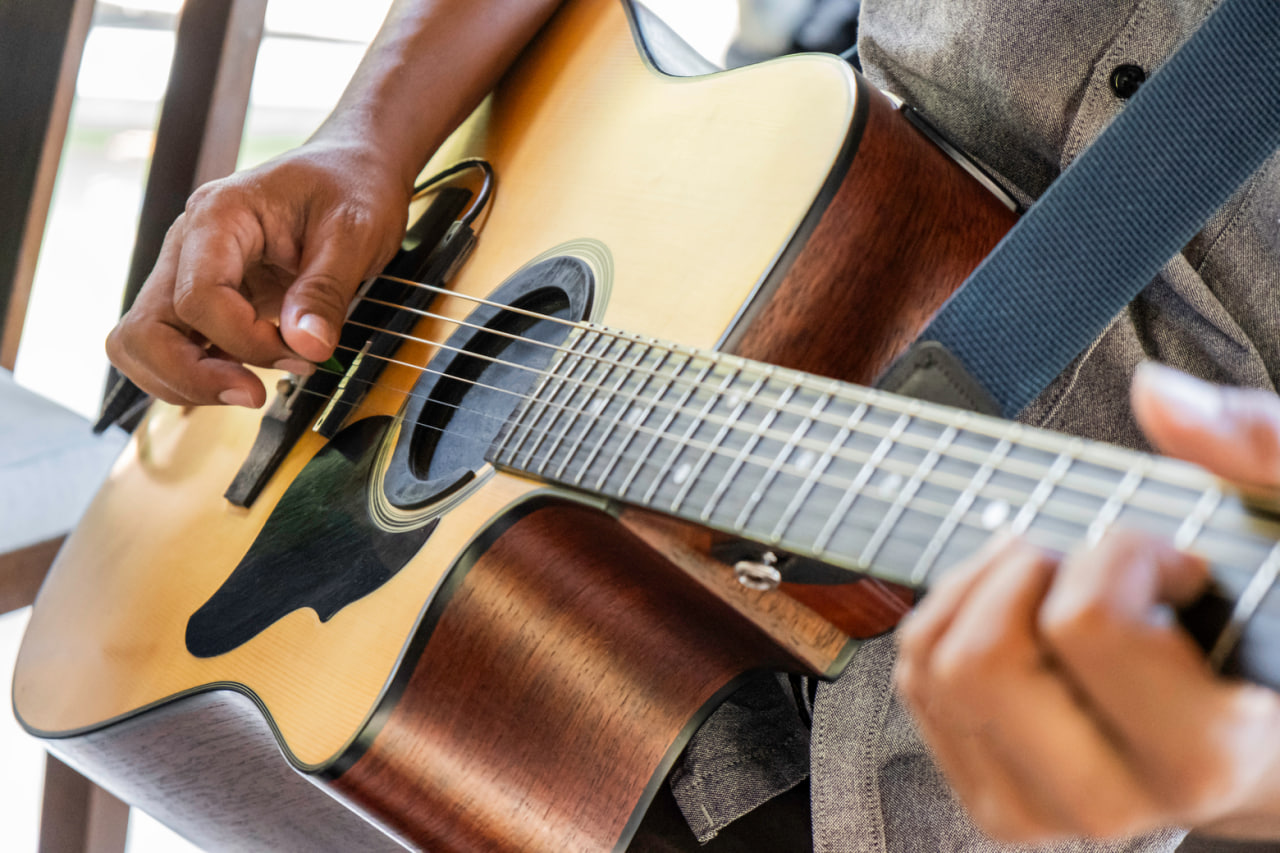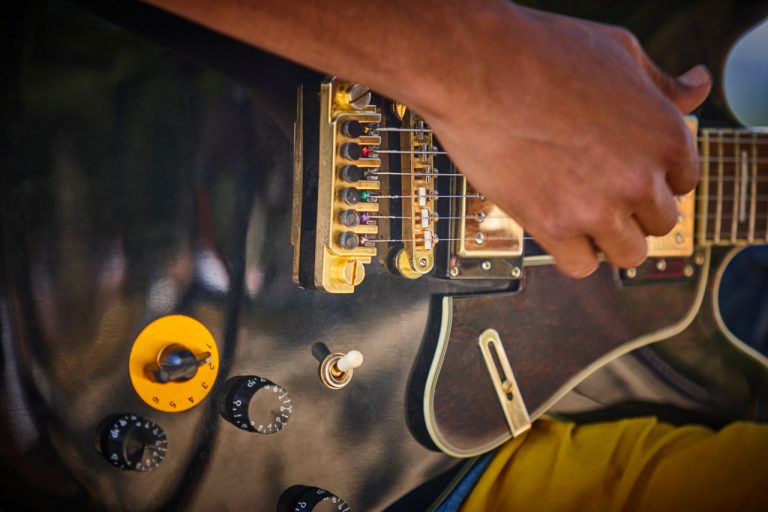Mastering Rhythm: How to Improve Your Timing and Groove
The Importance of Rhythm in Guitar Playing
Rhythm is the foundation of music—it’s what makes a song move and feel alive. Without a steady pulse, even the most technically perfect guitar playing can sound disjointed or lifeless. Mastering rhythm is essential for guitarists who want to play with other musicians, write compelling songs, or simply improve their overall musicality. Timing and groove go hand in hand: timing refers to playing in sync with the beat, while groove adds a feel or style that makes the music engaging and expressive.
Understanding Basic Rhythmic Concepts
Before improving your timing and groove, it’s important to grasp some fundamental rhythmic concepts. The basic unit of rhythm is the beat, which can be counted as “1, 2, 3, 4” in common time signatures like 4/4. Subdivisions of the beat include eighth notes, sixteenth notes, and triplets, which add complexity and variety to your playing.
Knowing how to count and feel these subdivisions allows you to place notes accurately and create interesting rhythms. Another key concept is the downbeat (the strong beat, usually the first beat of a measure) and the upbeat (the lighter, offbeat pulses). Playing slightly ahead or behind these beats can change the feel and groove of your music.
Using a Metronome to Develop Steady Timing
A metronome is one of the most effective tools for improving timing. It provides a steady, audible click at a chosen tempo, helping you internalize the pulse. Start by practicing simple chord changes or single-note lines along with the metronome at a slow tempo. Focus on syncing your playing precisely with each click.
As you become comfortable, increase the tempo gradually while maintaining accuracy. You can also practice subdivisions by setting the metronome to click on eighth or sixteenth notes. This disciplined training builds a reliable internal clock that translates into better rhythm when playing alone or with others.
Developing Groove and Feel
Groove goes beyond just hitting the right beats—it’s about adding subtle variations and dynamics that give music character. Think of groove as the “swing” or “pocket” that makes listeners want to move or tap their feet. Developing groove requires attentive listening and practice.
One way to cultivate groove is by playing along with recordings of songs in styles you enjoy. Pay attention to how the guitar interacts with drums, bass, and vocals. Try to mimic the nuances like slight delays, accentuated notes, or rhythmic syncopation. Recording yourself and comparing to the original can help identify areas for improvement.
Exercises to Improve Rhythm and Groove
Several targeted exercises can enhance your timing and groove skills:
- Strumming with a Metronome: Practice various strumming patterns while keeping perfect time. Focus on accenting certain beats or experimenting with dynamics.
- Clapping Rhythms: Before playing on the guitar, clap different rhythmic patterns. This develops your rhythmic sense independently of finger coordination.
- Syncopation Practice: Work on rhythms that emphasize offbeats or unexpected accents to add interest to your playing.
- Playing with Drum Tracks: Use backing tracks or drum loops to practice locking in with a groove.
Consistent practice of these exercises develops both technical precision and musical feel.
Playing with Others: The Ultimate Rhythm Test
Playing in a band or jam session is one of the best ways to improve your rhythm. It challenges you to listen closely and adjust your timing to fit with other musicians. When playing with others, focus on locking in with the drummer and bassist, who usually establish the rhythmic foundation.
Communication and awareness are key. Sometimes you may need to simplify your parts to maintain tight timing. Over time, this collaborative experience deepens your groove and responsiveness.
Overcoming Common Rhythm Challenges
Many guitarists struggle with rushing (playing ahead of the beat) or dragging (playing behind the beat). Both can disrupt the flow of music. To overcome this, regularly practice with a metronome and record yourself to detect timing inconsistencies.
Another challenge is playing complex rhythms or odd time signatures. Break these down slowly, count out loud, and practice in sections until you gain confidence. Using visual aids like rhythmic notation or tapping feet can reinforce internalizing these patterns.
Bringing Rhythm into Your Style
As you master basic timing and groove, you can start incorporating rhythmic creativity into your own style. Experiment with techniques like palm muting, ghost notes, or rhythmic hammer-ons and pull-offs. Explore different genres—blues, funk, jazz, rock—all of which have unique rhythmic feels.
Creating your own rhythms and grooves is a powerful way to express emotion and personality through your guitar playing. It transforms mere notes into music that connects with listeners on a deeper level.




